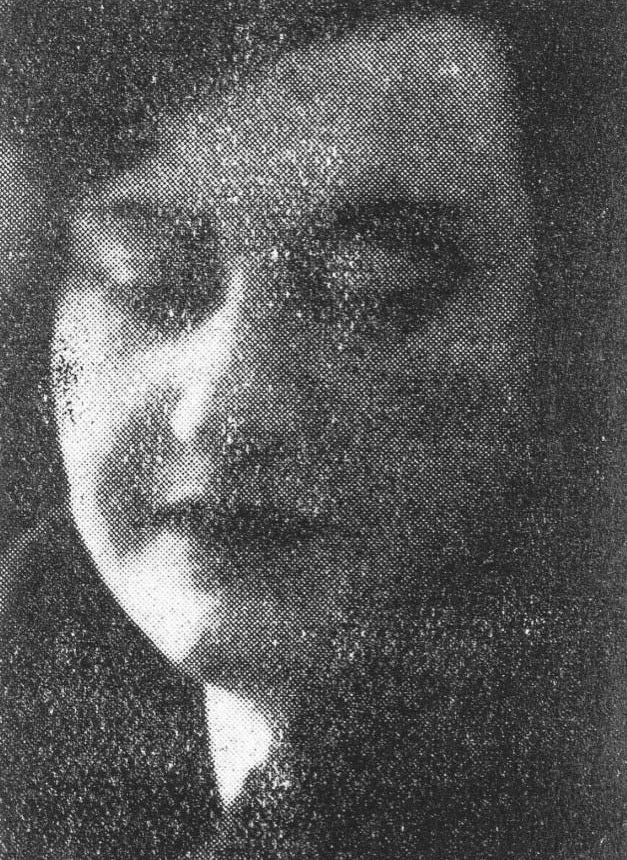Ignacy HIRSZFANG
Январь 2, 2019Philippe HOSIASSON
Январь 2, 2019Алиса ХОХЕРМАНН
ВАРШАВА 1902 – ДЕПОРТИРОВАНA В ОСВЕНЦИМ В 1943 Г.
Алиса Хохерманн выросла в Варшаве в семье про- мышленников и получила светское образование. После окончания лицея она посещала варшавскую Школу изящных искусств. В возрасте 19 лет вышла замуж. Быстро развелась, заявила о своей независимости и уехала во Францию.
В 1921 году она приехала в Париж, чтобы попол- нить свои художественные знания. Часто посылала деньги своей семье в Польшу. В 1939 году она собиралась уехать из Франции в Бразилию. Когда всё было готово к отъезду, ей отказали в визе. Она получила мек- сиканскую визу, выдав себя за невесту одного испанца. Полиция арестовала её на корабле, который должен был доставить её в Мексику. Ей удалось бежать.
В 1943 году она оставалась в Марселе, ожидая поддельные докумен- ты, чтобы уехать в Испанию. На испанской границе Алиса была арестована французской полицией. Отправлена в тюрьму в Тулузе. Шесть недель спустя Алиса Хохерманн была интернир вана в Дранси, затем депортирована эшелоном №57. Убита в Освенциме. Писатель Анри Ле Блан интересовался картинами Хохерманн и написал множество рецензий на её творчество.
Stories of Jewish Artists of the School of Paris 1905-1939
FRENCH-ENGLISH
Capitale des arts, le Paris des années 1905-1939 attire les artistes du monde entier. De cette période de foisonnement, un terme est resté, celui d'Ecole de Paris, qui recouvre une grande diversité d'expression artistique. Dans ce brassage dont Montparnasse est le creuset, un groupe se distingue : celui des artistes juifs venus de Russie, de Pologne et d'Europe centrale. Si leurs styles sont variés, un destin commun les rassemble : ils fuient l'antisémitisme de leur pays d'origine. Certains ont connu la célébrité dès les années 1920, tels Soutine, Lipchitz ou Chagall. D'autres n'ont pas eu le temps ou la chance d'y accéder. Près de la moitié a péri dans les camps de concentration nazis.
From 1905 to 1939, Paris attracted artists from all over the globe as the capital of the art world. This period of artistic proliferation became known as the School of Paris, and includes a great diversity of artistic expression. Within the teeming art world centred on Montparnasse, one group set itself apart: Jewish artists from Russia, Poland, and Central Europe. Although their styles were diverse, they shared the common fate of fleeing anti-Semitic persecutions in their home countries. Some became famous in the 1920s, such as Soutine, Lipchitz, and Chagall, while others did not have the time or the luck to gain renown. Nearly half of these artists died in Nazi concentration camps.






